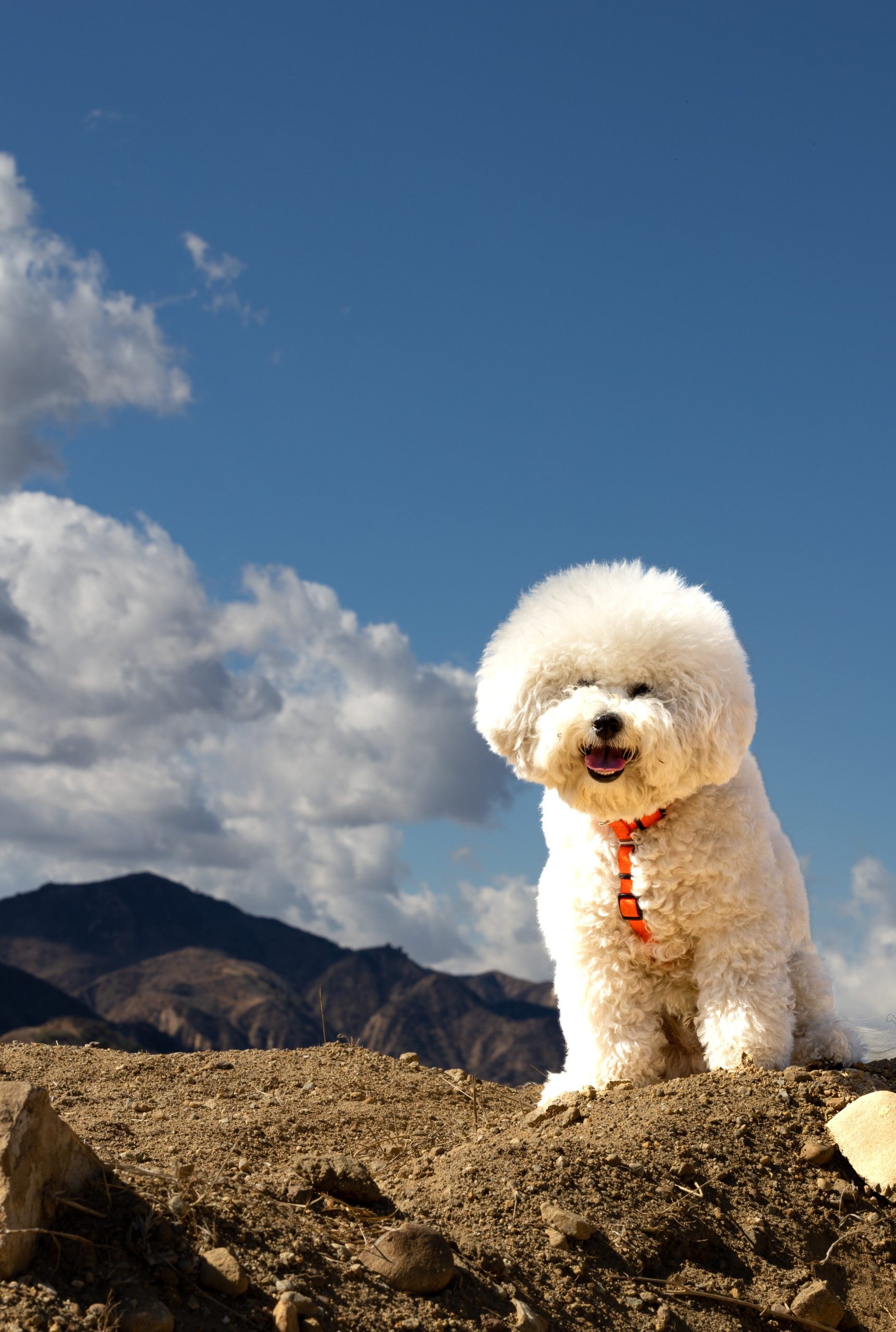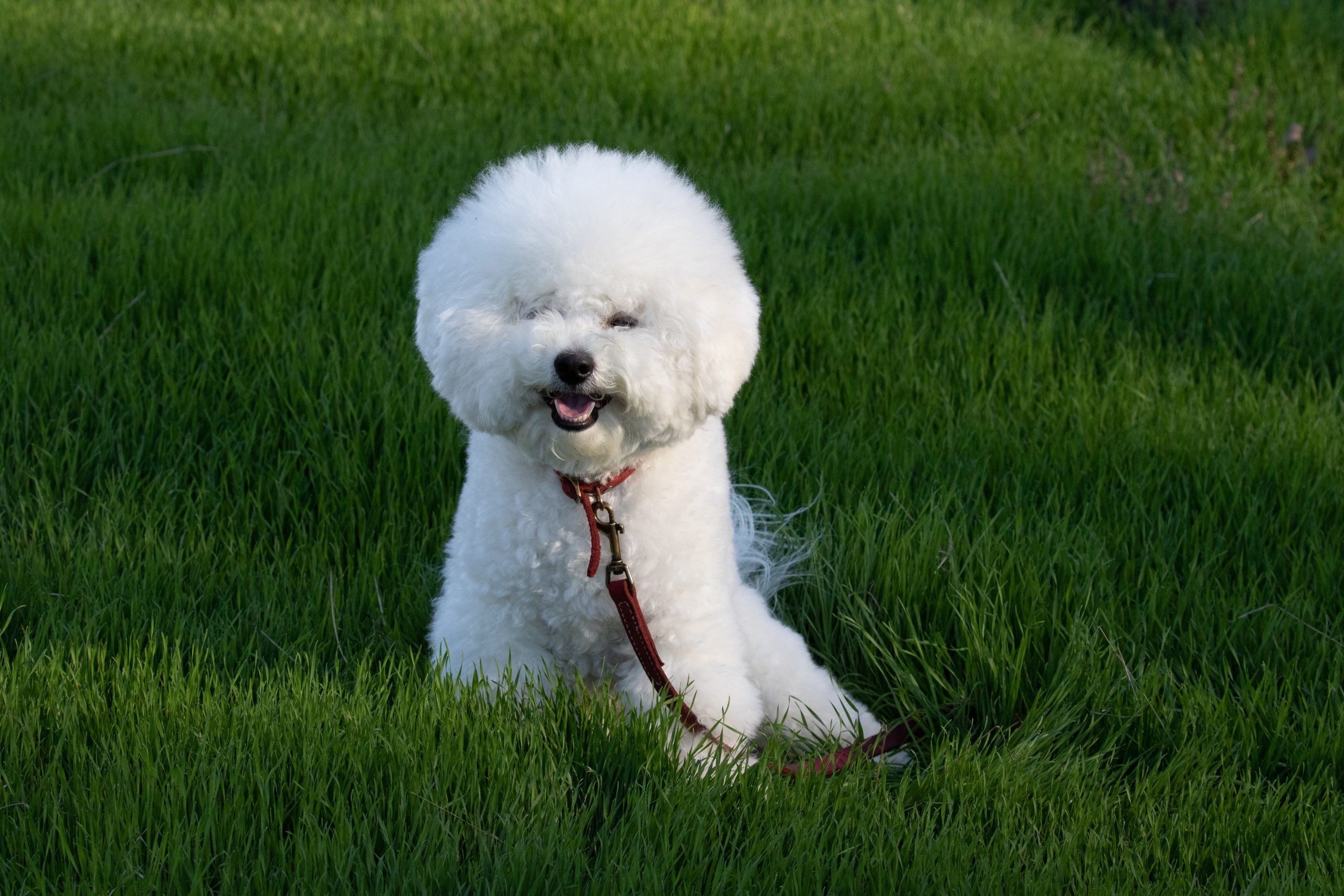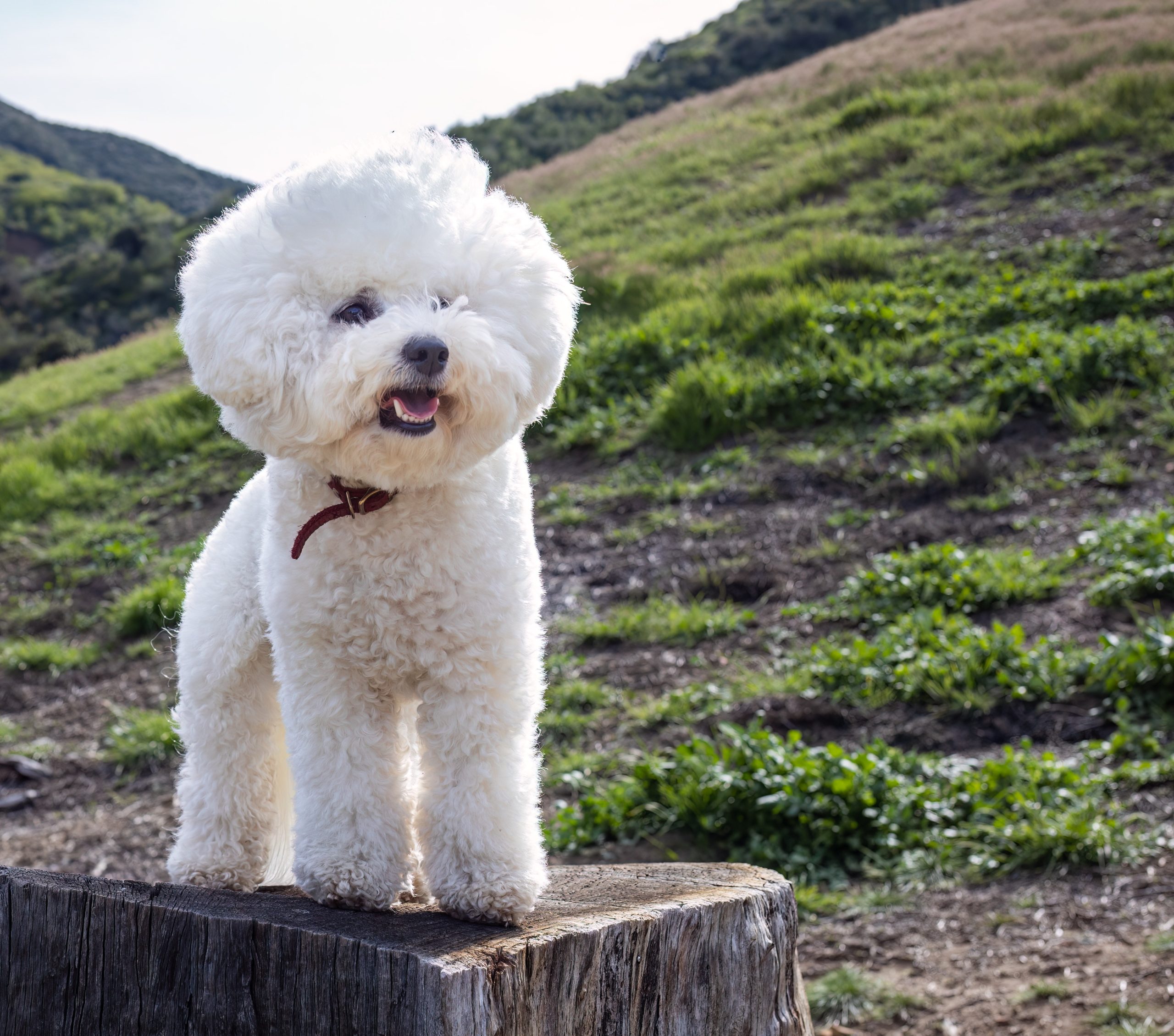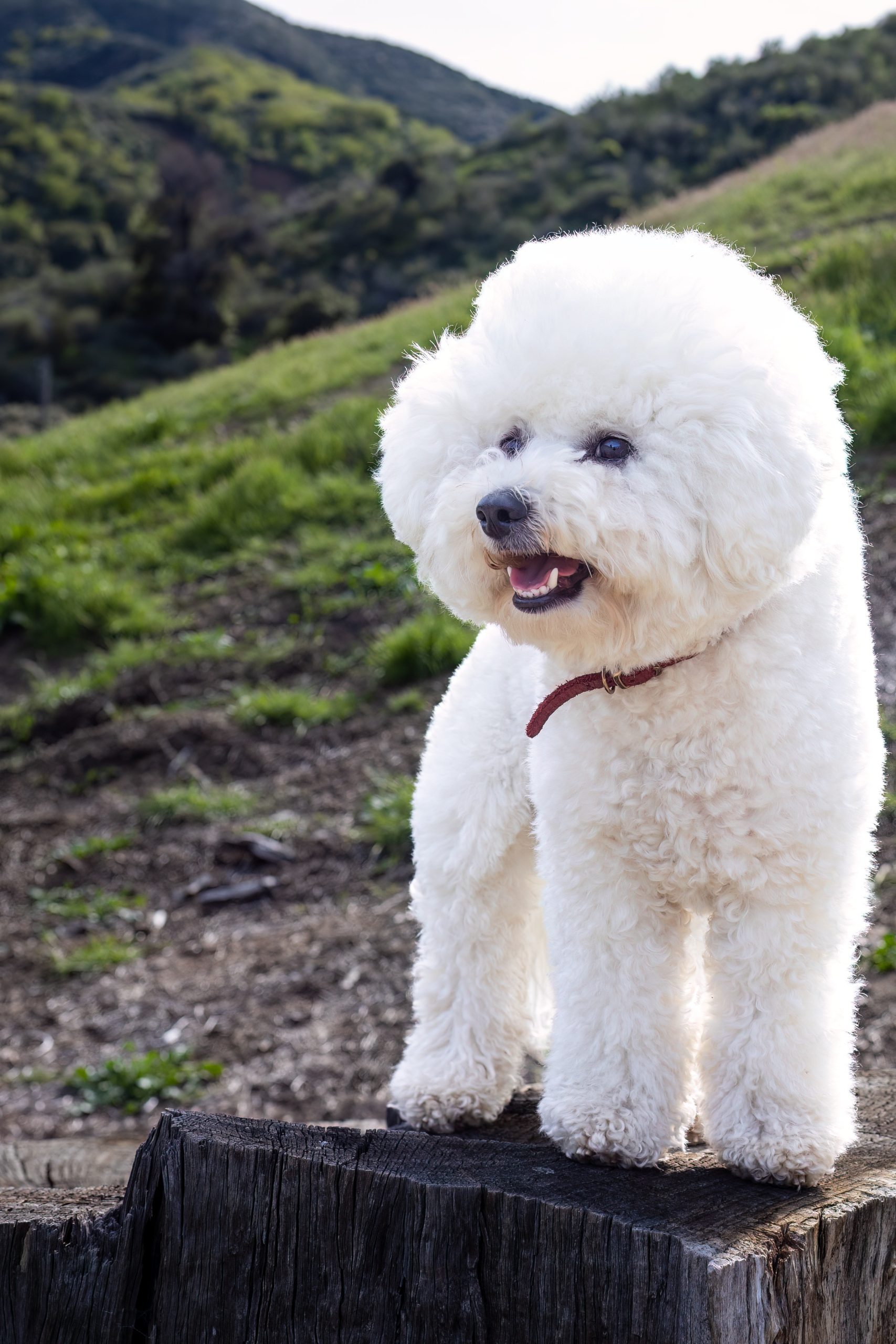The little but sturdy and tenacious Bichon Frise is one of the world’s great ‘personality dogs.’ Since antiquity, these appealing canine comedians have weathered history’s ups and downs with charm, beauty, and intelligence. A healthy Bichon will stand just under a foot tall at the shoulder. The breed’s crowning achievement is a white hypoallergenic coat that is smooth and velvety to the touch, with rounded head hair that complements the huge, dark eyes and black leathers of the nose and lips. Bichons are flexible canine companions who get along well with both other canines and children. Bichons make good tiny watchdogs since they are alert and curious, but they are lovers, not fighters, and they believe there are no strangers, only friends they haven’t met yet. Their self-assurance and small size make them perfect city dogs. Bichons train well and enjoy performing for their family. Finally, there’s the cheerful Bichon demeanor, which attracts smiles and embraces wherever they go.
Bichon Frise
Average sizes and life
expectancy of the breed.
Height
9.5-11.5 inches
Weight
12-18 pounds
Life Expectancy
14-15 years
Breed Traits & Characteristics
About the Breed
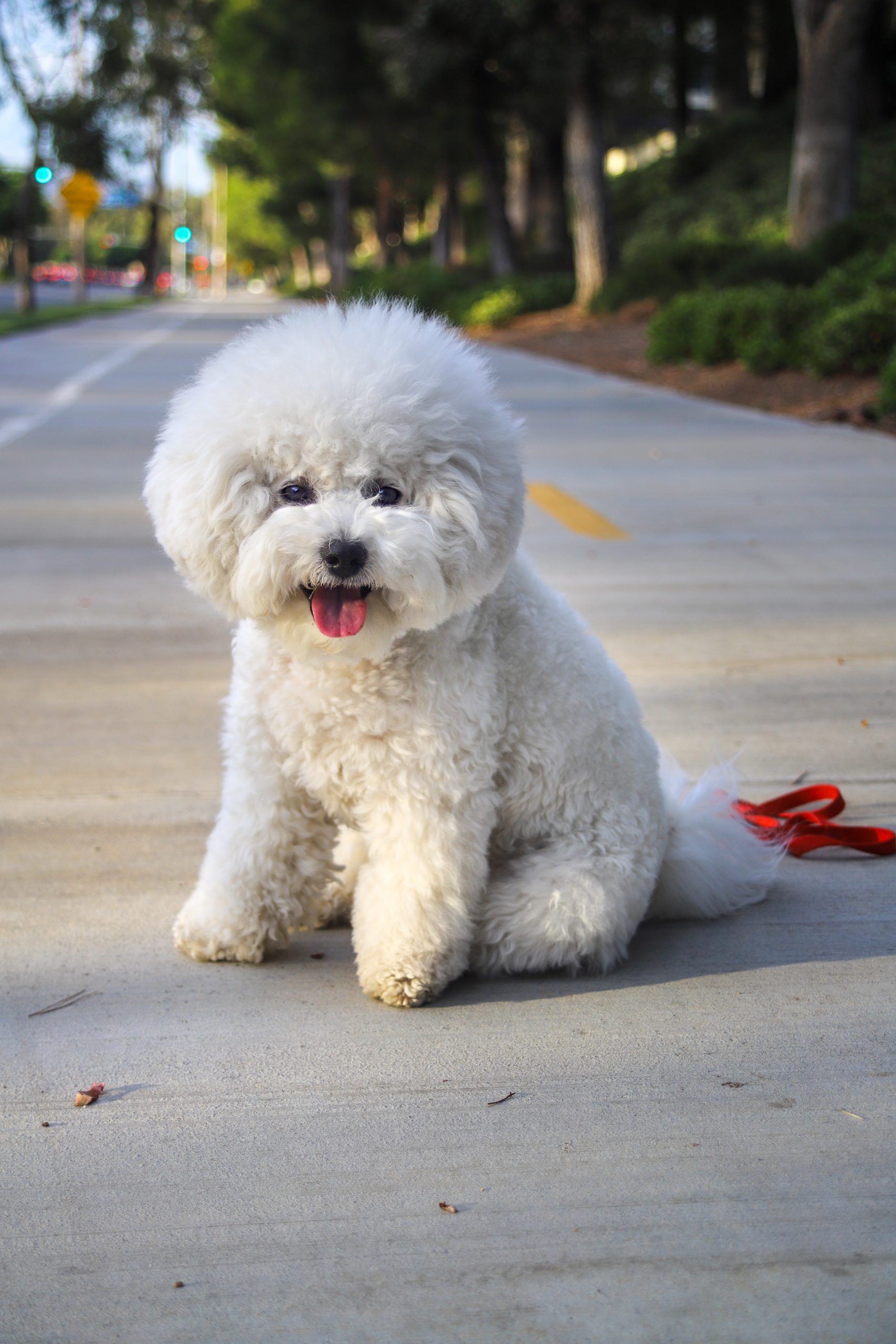
Owning a dog is not just a privilege; it’s a responsibility. They depend on us for, at minimum, food and shelter, and deserve much more. When you take a dog into your life, you need to understand the commitment that dog ownership entails.
 Health
Health
Bichons are generally healthy dogs, and a professional breeder would examine breeding stock for health issues including allergies, bladder infections, luxating patella, cataracts, and other eye problems. If dental care and frequent teeth brushing are not prioritized, Bichons may face early tooth loss or issues from gum infection. Regular ear cleaning is suggested to avoid ear infections.
Recommended Health Tests From the National Breed Club:
- Patella Evaluation
- Hip Evaluation
- Ophthalmologist Evaluation
 Grooming
Grooming
 Exercise
Exercise
 Training
Training
 Nutrition
Nutrition
History
Bichons are a sort of small white dog that belongs to the Barbichon breed. (These old varieties are also known as the Bolognese, Havanese, and Maltese.) It is believed that these historic breeds began their contemporary evolution in Tenerife, the largest of the Canary Islands. One of these varieties grew so popular among the island’s sailors that it was dubbed the Bichon Tenerife, the ancestor of today’s Bichon Frise.
The breed’s intimate relationship with European aristocrats originated in the 13th century. They particularly endeared themselves to the royal courts of Spain, Italy, and France, and rose to prominence throughout the Renaissance.
With the advent of the French Revolution in 1789, the Bichon’s days as the pampered and perfumed lapdog of aristocrats came to a rude end. One by one the breed’s benefactors were trotted off to prison and the guillotine and their Bichons lost their positions of privilege. Many were turned out into the street to fend for themselves. Street entertainers took in the bright, agile dogs and trained them to coax a coin or two from passersby with their antics. Soon, the Bichon was earning his keep as a circus performer. Trainable, impossibly cute, and always at their best when in the spotlight, Bichons were excellent candidates for showbiz success.
Bichons endured new hardships in the twentieth century as a result of the shortages and austerity imposed by the two world wars. Once again, many Bichons were left out in the cold. The breed survived thanks to a few fanciers who rescued Bichons from the streets of France and Belgium, and it was recognized in France under the auspices of the Societé Centrale Canine in 1933 as the Bichon a Poil Frisé—the “Bichon of curly hair.”

